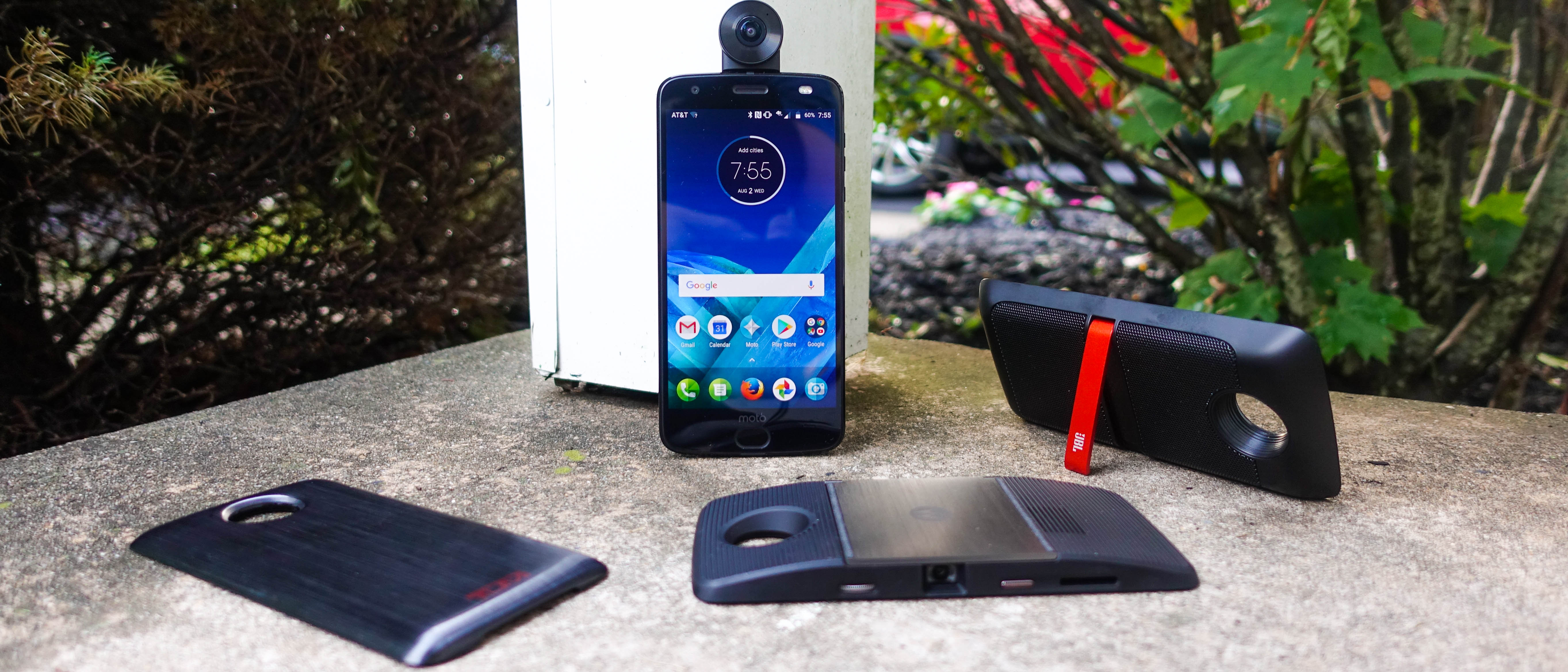Why you can trust TechRadar
Camera
The Moto Z2 Force has a new dual-lens camera on back that takes excellent photos with its own twist to things – a theme for this modular smartphone.
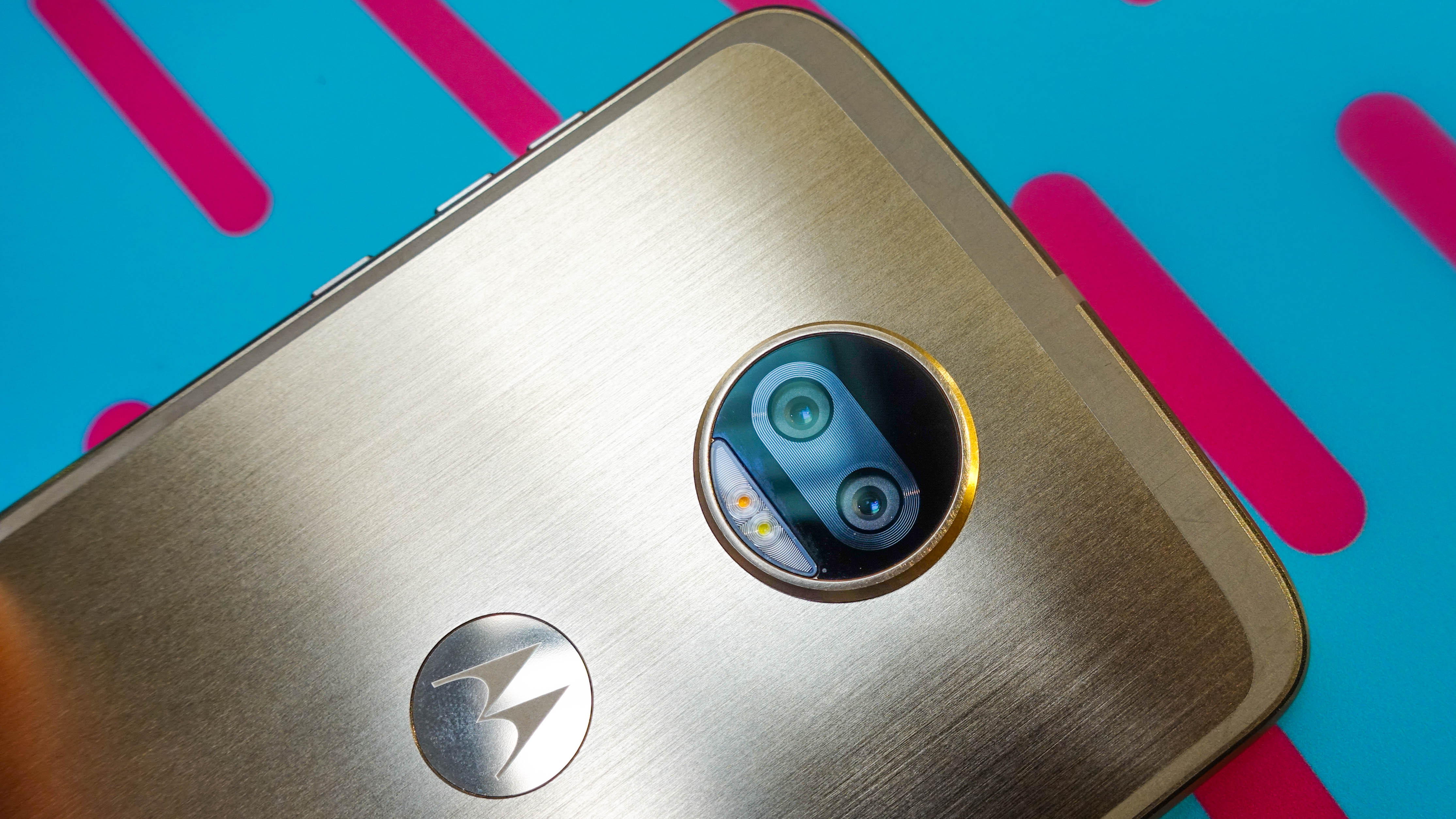
It pairs two 12MP cameras, both identical with an f/2.0 aperture and larger 1.25 micron pixels, and uses laser and phase detection autofocus to capture photos faster than last year’s phone, though the focus is not always accurate.
One camera is dedicated to monochrome photos, following the Huawei P10 concept of capturing true black-and-white photos without the need for a filter. Most users probably won’t notice the differences between it and simulated software black-and-white filters, however.
What is unmissable is the depth of field capabilities of the Moto Z2 Force camera. Depth photos can apply bokeh (blurring) to the background, like iPhone 7 Plus portrait photos. Motorola goes one step further and lets you use selective black-and-white here, too, for a really unique effect.
But, one step forward and two steps back: Neither camera has optical zoom capabilities like the iPhone and there’s no optical image stabilization. That affects both photo and video shakiness. Moto Z2 Force can record 4K video, yet OIS is sorely missing.
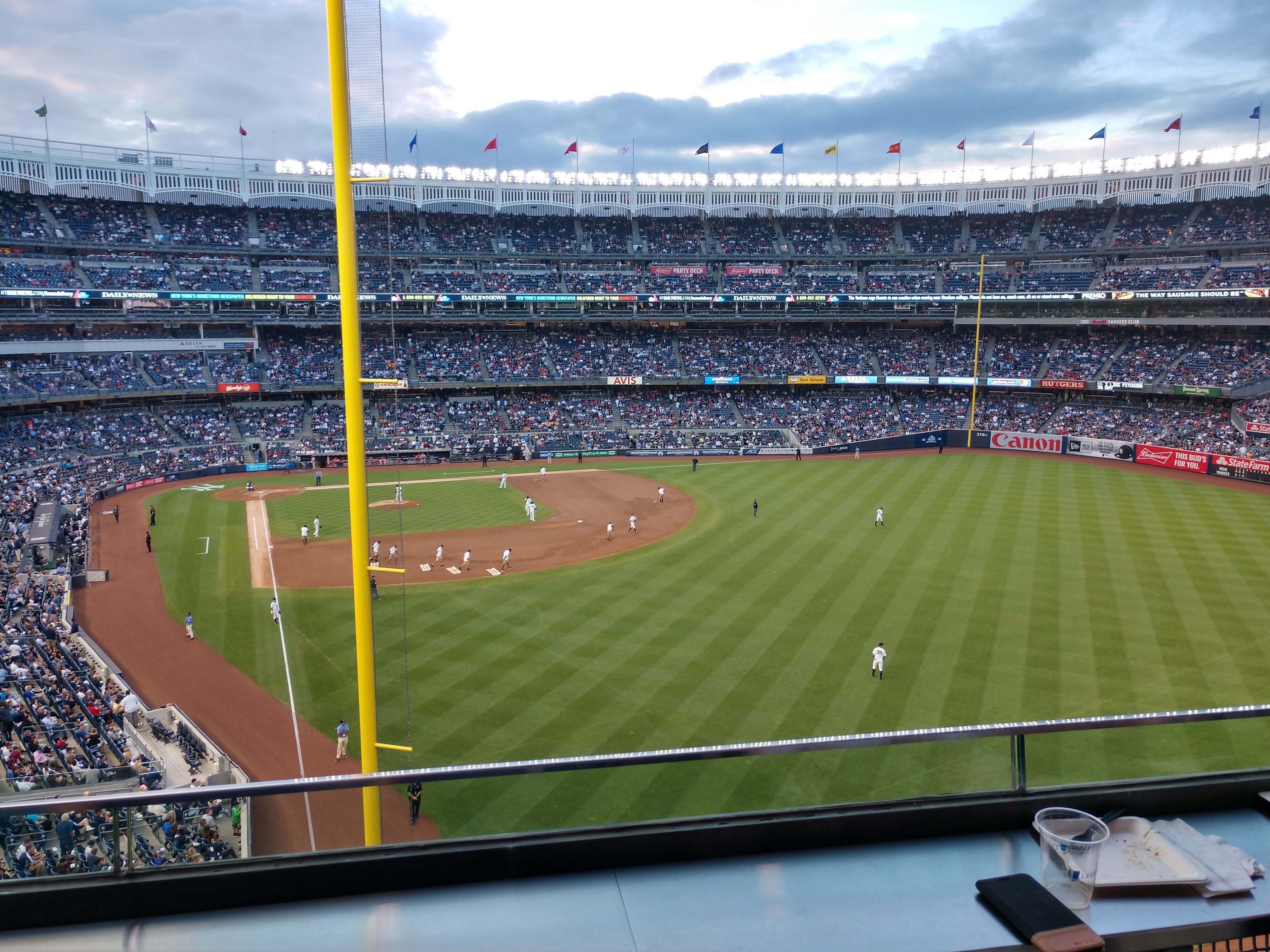
The camera does a nice job with high saturating in proper light.
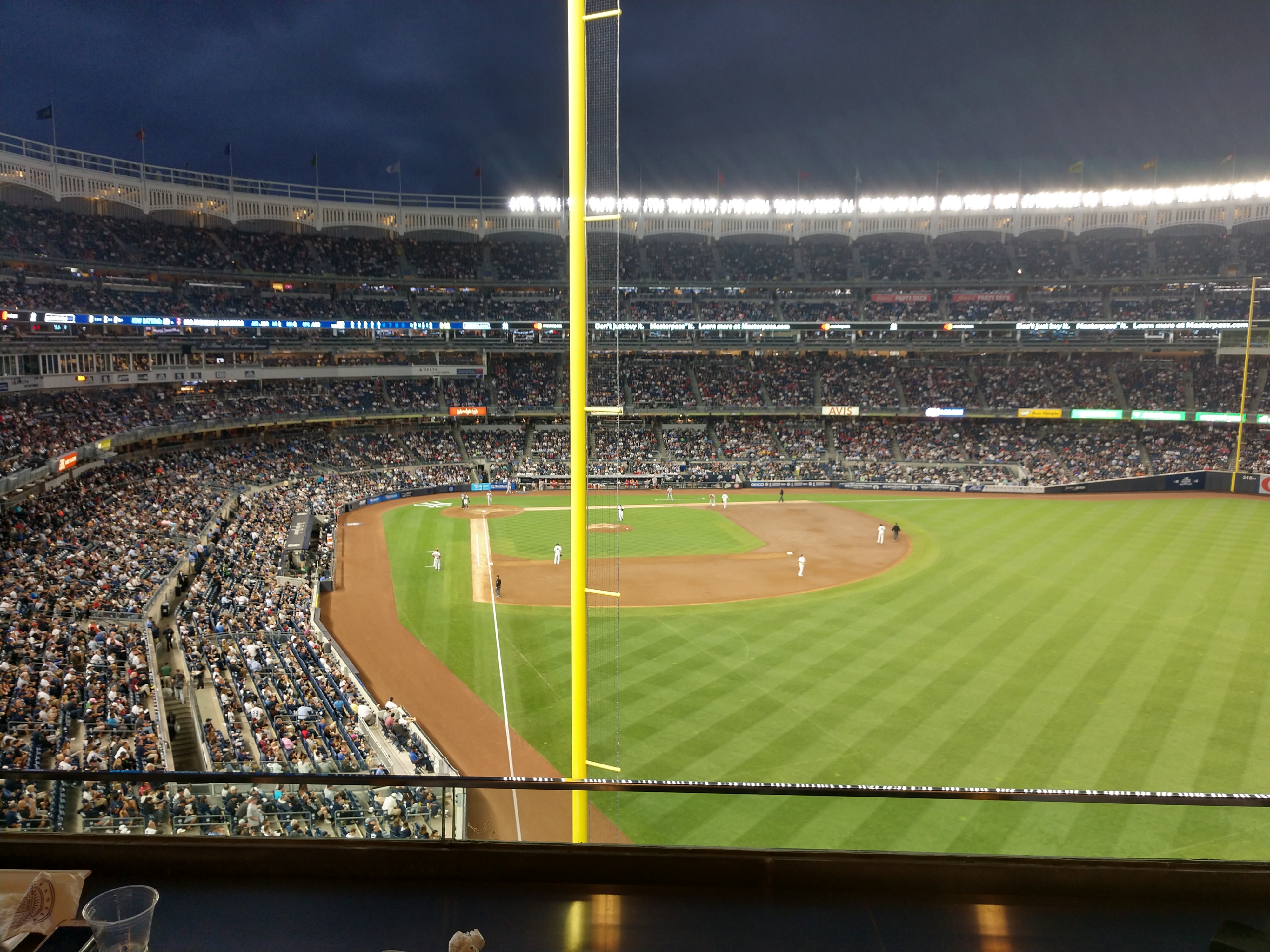
Even at night, with good lighting, the dual lens rear cameras are sharp and vibrant.

It has a little trouble focusing at night with mediocre lighting and details are the best in lowlight conditions, but the colors and contrast are still top notch.

What the dual-lens camera can't do is zoom, like the iPhone 7 Plus telephoto lens can do. That would have helped in this situation.

Digital zoom is awful. We included one just for kicks. Don't do this. There's also no optical image stabilization, which is a shame in 2017.

Back to daylight photos, outdoors, the Moto Z2 Force is just as good as Samsung's best-in-class camera.

Marco shots and food photos come out fine. Often there's a bit too much saturation to make food look normal, but deep reds and vibrant greens look good in this case.

Lowlight photos using the front-facing 5MP camera are okay. Better than they were a year ago, but let's try the front-facing flash.

Bingo. Things are clearer thanks to the bright LED flash on the front of the phone. It's better than display flash in most cases.

Natural light helps bright out detail and Motorola thankfully doesn't turn on beauty mode by default.
The front 5MP camera has a standout feature of its own: a front-facing flash that’s better than a simulated display flash. You can also get a wide-angle 85-degree selfie on this camera with a f/2.2 aperture, which is helpful for group shots.
The Moto Z2 Force cameras aren’t the best we’ve seen from Android phones in 2017, but they’re just close enough for most people to be completely satisfied. Plus they include standout features like selective black-and-white, true monochrome and a front-facing flash to make a difference.
Battery life
Here’s where the Moto Z2 Force ultra-slim form factor really hurts itself: it has a 2,730mAh battery that gives it nearly all-day battery life, but significantly shortens what we experienced from the Z Force a year ago.
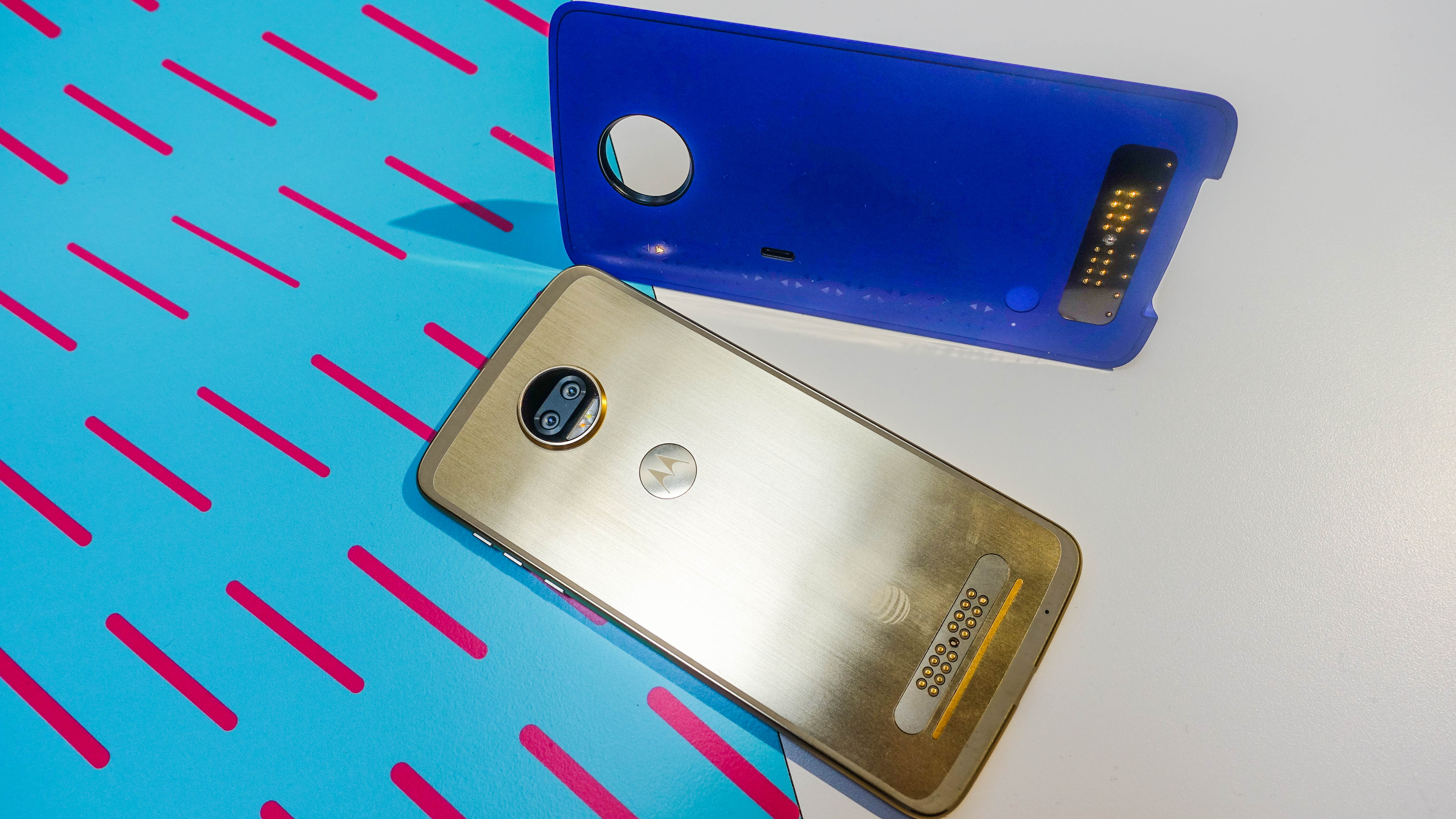
Nearly all-day battery life isn’t good enough. If you’re using Google Maps or the Hotspot feature in a city, the phone will drain before the day is through. If you’re a heavy phone user, you’re going to want to buy a MotoMod battery pack right away.
Battery packs aren’t a deal breaker. This is an already thin smartphone and adding one gives the design a nice curved grip on the back. There are also a bunch of personalizable styles, though the new generic-looking Turbo Power battery pack is the best for efficiency.
Consistent with everything we found in real-life tests, when we ran an HD video for 90 minutes – our standard lab test for all phones – we saw the battery by 15%. The best news is that the Moto Z2 Force doesn’t take long to charge and the charger is detachable from the wall brick. Last year’s charger was all one piece. Motorola is at least listening to some of our feedback.
